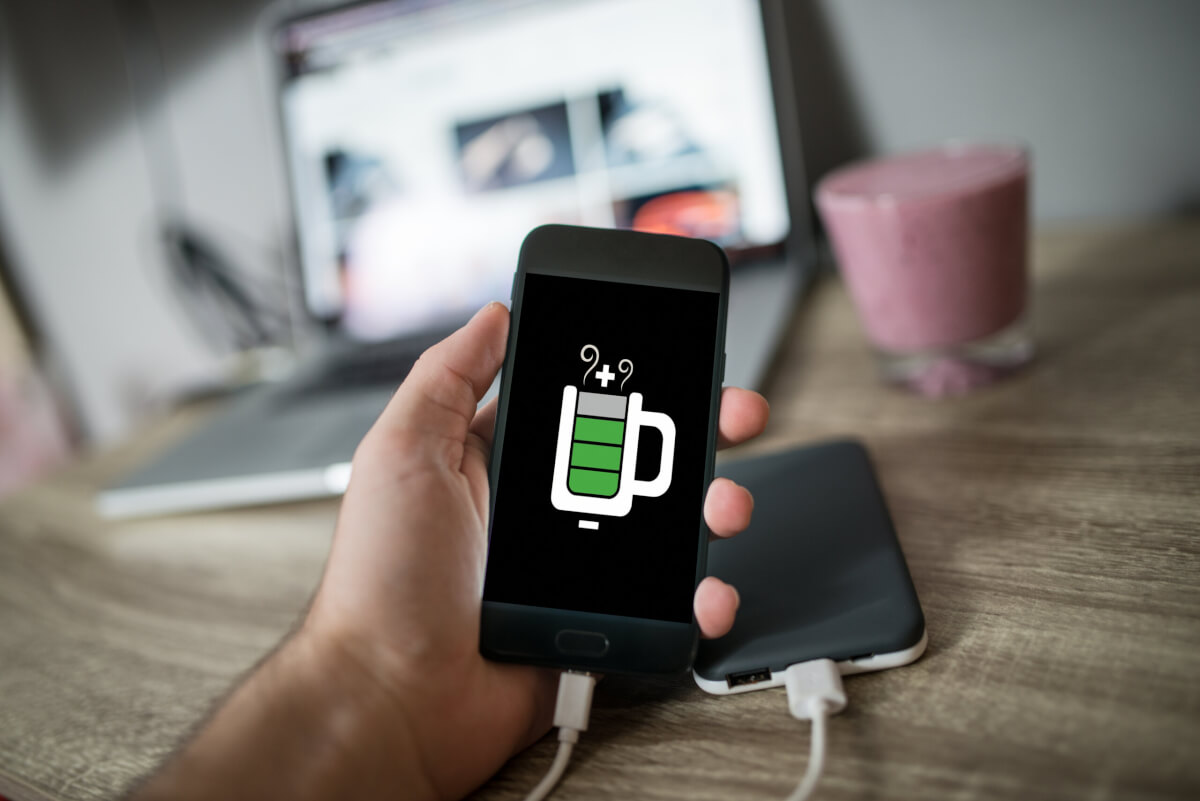BOULDER, Colo. — Imagine a world where you could bring your dead laptop battery back to life in just one minute. What about fully charging an electric vehicle for a long road trip in the time it takes to grab a snack? It might sound too good to be true, but cutting-edge research from the University of Colorado Boulder could help make virtually instantaneous charging of electronics and electric cars a reality.
In a study published in the Proceedings of the National Academy of Sciences, chemical engineers discovered crucial new insights into how charged particles called ions move through the tiny pores inside a supercapacitor — an energy storage device with the potential for much faster charging than conventional batteries.
“The primary appeal of supercapacitors lies in their speed,” says Ankur Gupta, an assistant professor of chemical and biological engineering, in a media release. “So how can we make their charging and release of energy faster? By the more efficient movement of ions.”
Gupta’s team analyzed the movement of ions through a complex network of minuscule interconnected pores, modeling how they flow in a matter of minutes across thousands of pathways. Their findings modify a scientific law that has governed electrical currents for over 175 years.

The Kirchhoff circuit law, taught in high school physics classes, describes the flow of electrons in a simple loop of wiring. However, Gupta found that ions, which are physically larger than electrons, move in a fundamentally different way at the intersections of tiny nanoscale pores compared to the motion of electrons.
The researchers explain that, unlike electrons, ions move due to both electric fields and diffusion. They determined that this movement at pore intersections was different from what Kirchhoff’s law describes. While Kirchhoff’s principles are still valid for conventional electronic circuits with electron flows, Gupta’s updated model is critical for understanding and optimizing the performance of supercapacitors and other energy storage systems that work by shuttling ions through porous materials.
The CU Boulder team notes that prior studies have only described ion movements flowing through one straight pore. The new study proves that ion movement can take place and be predicted through a complex network of thousands of interconnected pores in a matter of minutes. All of this could lead to major improvements in the design of chargers — both big and small.
“That’s the leap of the work,” Gupta says. “We found the missing link.”
More efficient energy storage could help power grids better manage fluctuations in demand, rapidly deploying reserves during peak periods while avoiding waste during low consumption times. It could also enable electric vehicles to recharge their batteries almost as quickly as stopping for gas, eliminating a major barrier in the switch to electric.
StudyFinds Editor Chris Melore contributed to this report.
